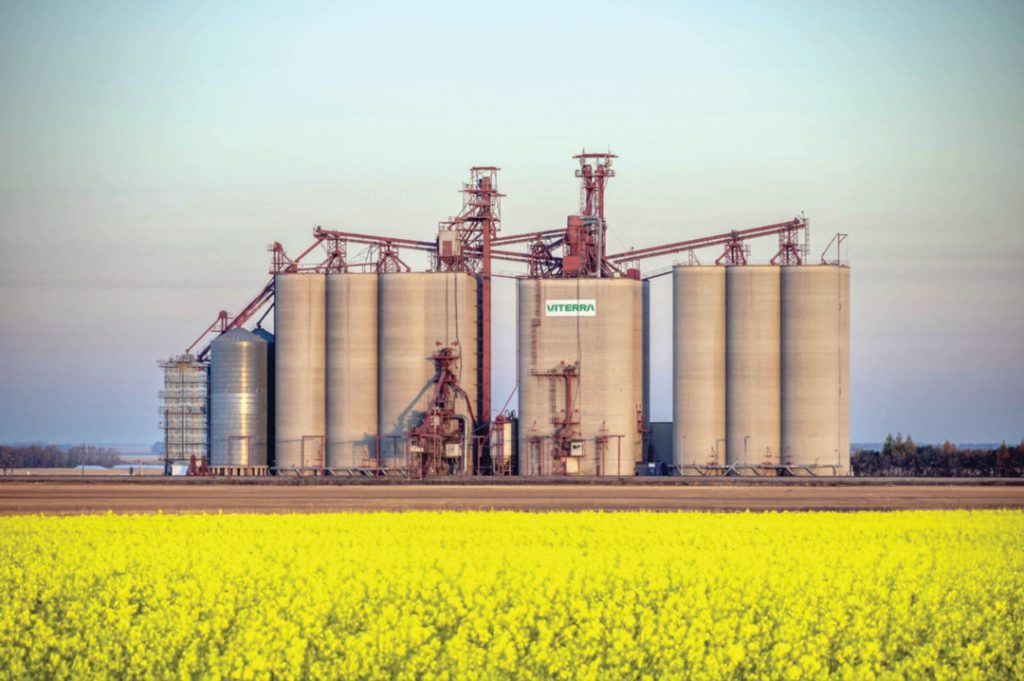CEREALS ORGANIZATION CRITICAL OF BUNGE-VITERRA MERGER
Grain Growers of Canada (GGC) has long raised concerns the deal may negatively impact Canadian farmers. The organization has cited warnings from the Canadian Competition Bureau and a University of Saskatchewan report that determined farmers will take a $770 million revenue loss should the deal go through without divestment from G3.












